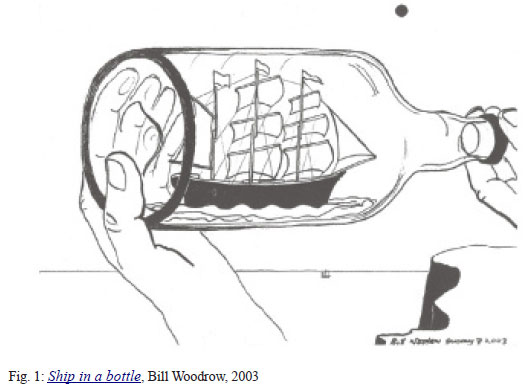Three common strategies for providing the visually disabled with access to plastic arts are analyzed: adapting works of art via raised-line techniques, using representational textures and selecting sculptures. We draw upon studies in the cognitive psychology of touch (such as GIBSON, 1962; LEDERMAN, 1997; HATWELL; MARTINEZ-SAROCCHI, 2000), in order to discuss both the adequacy of these strategies vis-à-vis the modality of touch and their aesthetic reach. We show that most "tactile versions" are by no means tactile: by ignoring both the cognitive properties and the expressive dimension of touch, they end up reproducing visual standards. We suggest that access to the plastic arts should be understood in terms of the invention of a truly tactile aesthetics.Keywords: visual disability; tactile perception; aesthetic experience; plastic arts.
visual disability; tactile perception; aesthetic experience; plastic arts

